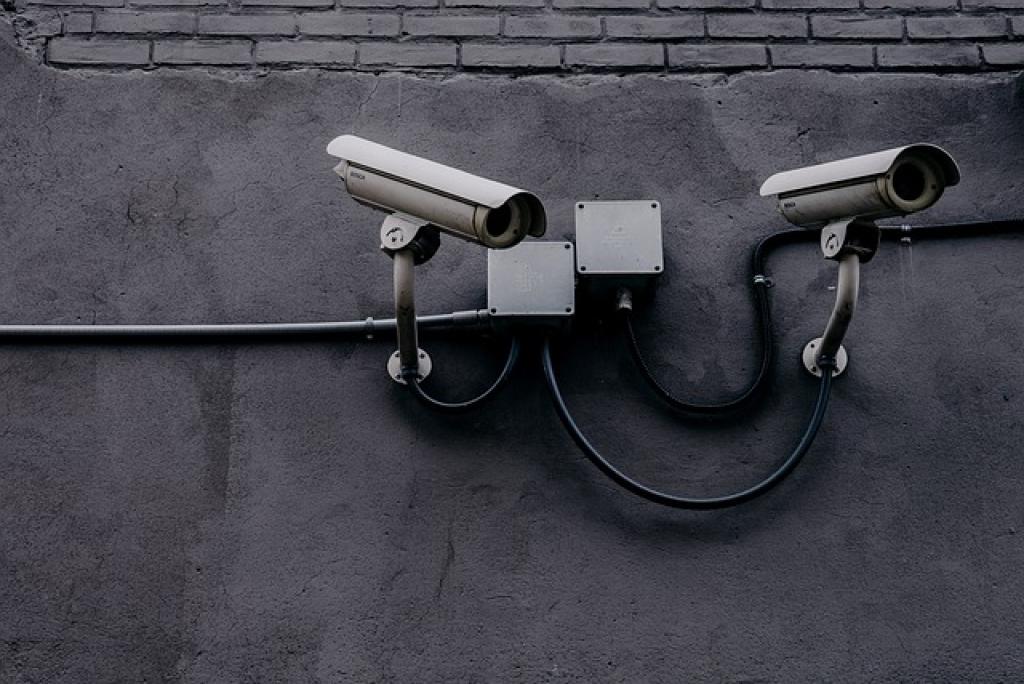
Maximizing Security: Managing Entry and Exit Logs With On-Site Security
In today’s fast-paced world, security is vital for any organization. Efficiently managing who comes in and out of a premises ensures not only safety but also peace of mind. But how can businesses juggle daily operations with strict security measures?
Enter on-site security management. By maintaining detailed entry and exit logs, you can track visitor movements, deter unauthorized access, and enhance overall security. It’s more than just a list—it’s a real-time record that requires vigilance, accuracy, and a good system in place.
Using these logs allows for immediate response to any potential threats, reducing the risk of incidents. Additionally, they provide valuable insights for long-term security planning and improvements. With the right strategies, systems, and personnel, businesses can maximize their security protocols while maintaining a welcoming environment.
Why Secure Entry and Exit Logs Are Essential for On-Site Security
Secure entry and exit logs serve as the backbone of any robust on-site security system. They play a crucial role in monitoring who is present on-site at any given time. This information is invaluable, allowing security personnel to rapidly address unusual activities and potential security breaches.
Knowing who enters and leaves a facility helps in enforcing authorized access, thereby minimizing the risk of an incident. This not only protects the premises but also safeguards valuable data and assets from being compromised.
Additionally, these logs contribute to creating an audited trail, offering a historical record that can be utilized in investigations should any security incidents arise. Such records provide transparency and accountability, leading to a more secure environment.
Lastly, having thorough entry and exit logs helps an organization to comply with various legal and regulatory requirements, demonstrating due diligence in protecting people and property. They bolster trust, not just within the organization but also with external stakeholders and clients.
Best Practices for Recording and Monitoring Entry and Exit Logs
To ensure security protocols are effective, it’s crucial to implement best practices for recording and monitoring entry and exit logs. Begin by using a digital system for logs. This makes data collection seamless and allows for real-time updates, minimizing human error and speeding up retrieval processes.
Ensure that all entries are timestamped accurately to maintain precise records. This helps in reconstructing events accurately if a situation necessitates a detailed review later on.
Train staff regularly in log management procedures. Personnel should be equipped to handle discrepancies and know when to escalate issues to higher authorities. A well-trained team ensures the reliability and integrity of the logs.
Periodically review and audit the log records. This continuous monitoring not only helps in verifying the data’s accuracy but also in identifying any unusual patterns or potential vulnerabilities.
Lastly, maintain a secure backup of all logs. Regular backups guard against data loss and ensure you always have a comprehensive record at your disposal. With these best practices in place, your security framework can effectively meet and adapt to the ever-changing demands of on-site security management.
Utilizing Technology to Enhance Security in Entry and Exit Logs Management
Harnessing technology is key to elevating the security of entry and exit log management. Digital access control systems can automate the logging process, ensuring precise and immediate entry of data. This reduces both the workload on security personnel and the risk of manual errors.
Biometric systems, like fingerprint or facial recognition, add an extra layer of security by verifying identities with high accuracy. Integrating these with entry logs fortifies access control, making unauthorized entry significantly more challenging.
Cloud-based logging solutions offer the advantage of centralized data storage, making it easier to access, manage, and analyze logs from multiple locations. This not only enhances oversight but also strengthens disaster recovery plans with secure backups.
Moreover, incorporating artificial intelligence and machine learning can aid in identifying unusual patterns in logs, prompting proactive responses to potential security threats.
By integrating these technologies, organizations can not only maintain robust security but also streamline operations, making the management of entry and exit logs more efficient and reliable.
Ensuring Privacy and Compliance in Maintaining Entry and Exit Logs
Safeguarding privacy while maintaining entry and exit logs is essential to building trust and adhering to legal standards. Clearly define the purpose of data collection, ensuring only necessary information is gathered. This minimizes exposure of personal data and aligns with privacy laws.
Keep the collected information secure. Implement encryption and other security measures to protect data from unauthorized access and potential breaches. Regular security audits can help identify vulnerabilities and reinforce protection strategies.
It’s also important to stay informed about relevant regulations, such as GDPR or CCPA, which govern data privacy and security. Adapting log management practices to comply with these regulations avoids potential legal repercussions and promotes ethical standards.
Ensure transparency with stakeholders by informing them about data collection and management practices. This openness not only fosters trust but also provides reassurance that their information is handled responsibly.
By prioritizing privacy and compliance, businesses can effectively manage entry and exit logs while upholding the rights and expectations of those whose data they handle.
The Bottom Line: Enhancing Overall Security Through Efficient Entry and Exit Log Management
In the realm of on-site security, managing entry and exit logs is more than just a procedure—it’s a cornerstone of an organization’s safety infrastructure. By keeping meticulous records of who enters and leaves a premises, businesses can effectively monitor access and deter unauthorized activity.
Adopting best practices in log management is crucial. Accurate logging, regular audits, and comprehensive training ensure that security protocols remain robust and reliable. Moreover, by integrating technology such as biometric systems and AI, organizations can enhance both the accuracy and efficiency of these logs.
However, it’s equally important to balance security with privacy and compliance. Collecting and handling data responsibly not only averts legal pitfalls but also strengthens trust among employees, clients, and stakeholders. Clear policies and transparent communication about data use further support this effort.
Ultimately, improving entry and exit log management contributes significantly to a secure environment. It enables timely responses to potential threats and provides valuable insights for long-term planning and improvement. By committing to these practices, businesses can safeguard their assets, protect their people, and build a reputation for security excellence.
In summary, efficient entry and exit log management is an investment that pays dividends in safety and confidence. For any organization, it’s an essential component of a comprehensive security strategy.


